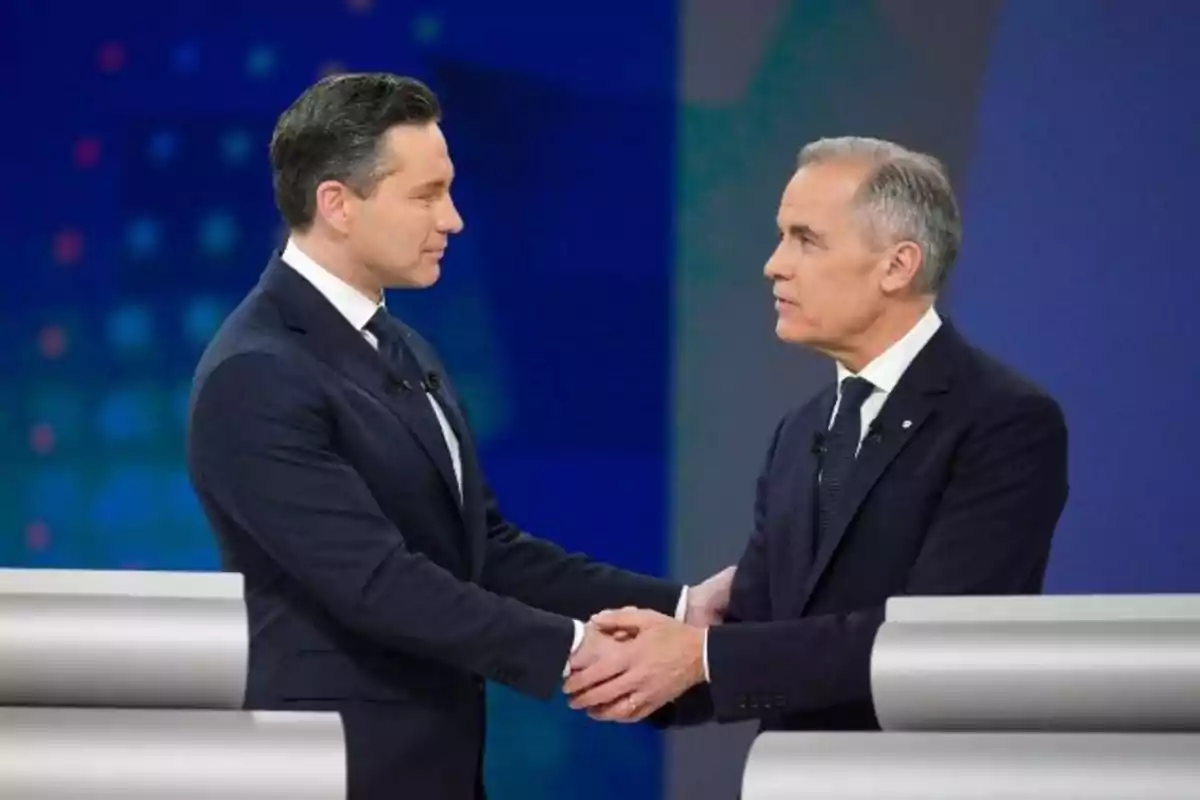
The Conservative Party and the Liberal Party face off in Canada's elections
Both parties are engaged in a fierce battle to determine who will take power following Justin Trudeau's resignation and Carney's weak mandate
Canada is holding an early federal election today that has captured both national and international attention. The vote comes just six weeks after Mark Carneytook office as prime minister, replacing his party colleague Justin Trudeau, who left the leadership of the Liberal Party after a decade in power.
This sudden change in leadership prompted the call for a general election that will now determine whether the Liberals will retain control of the government or be displaced by the Conservative Party.
The two main contenders for the position of prime minister are Mark Carney, leader of the ruling Liberal Party, and Pierre Poilievre, head of the Conservative Party, who has been a prominent figure in the opposition.
Carney, former governor of the Bank of Canada and the Bank of England, represents the continuity of progressive management focused on climate change, prudent fiscal policies, and international cooperation.
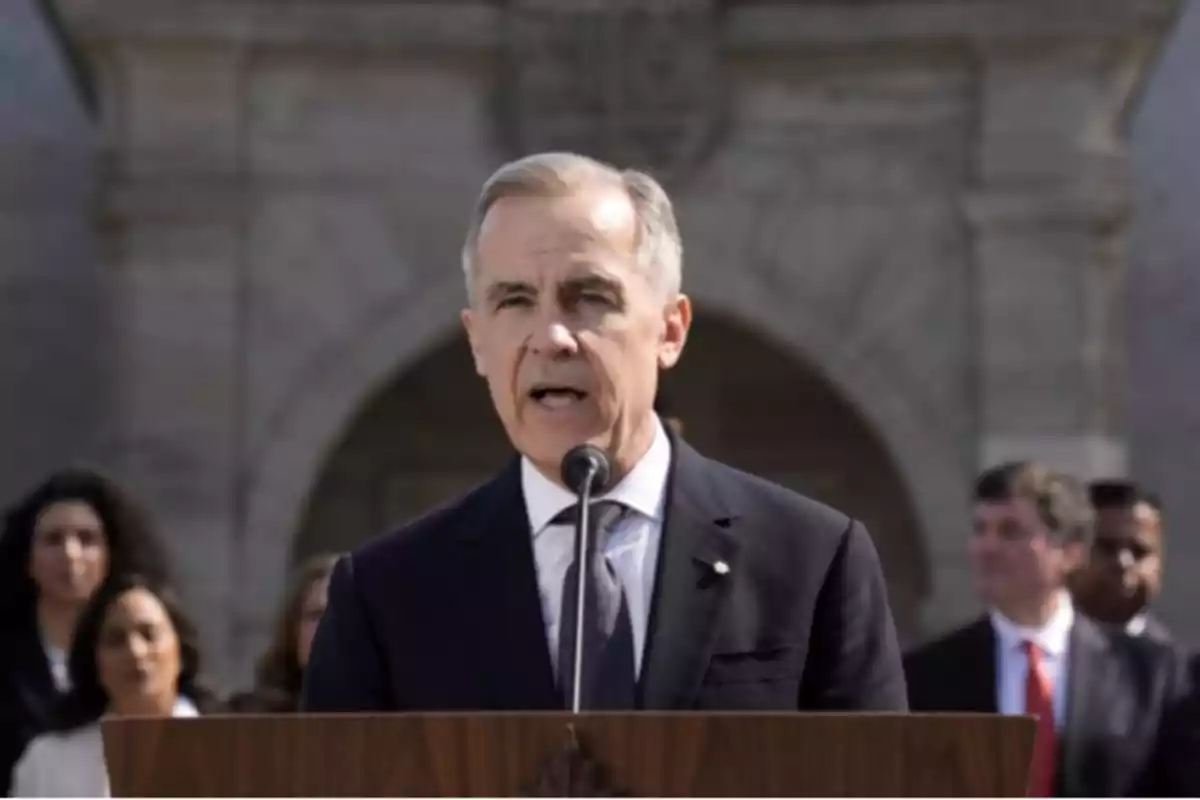
Poilievre, meanwhile, has based his campaign on reducing taxes, limiting state intervention, and restoring individual freedoms after years of leftist policies.
The polls first closed in the Atlantic region and finally at 10:00 PM EDT (03:00 BST) in the province of British Columbia, in the west of the country.
As the results begin to flow, the public broadcaster CBC projected an initial victory for the Liberals in the Labrador constituency, where Philip Earle would retain his seat. However, the results of 342 seats are yet to be tabulated, so the outcome is far from being defined.
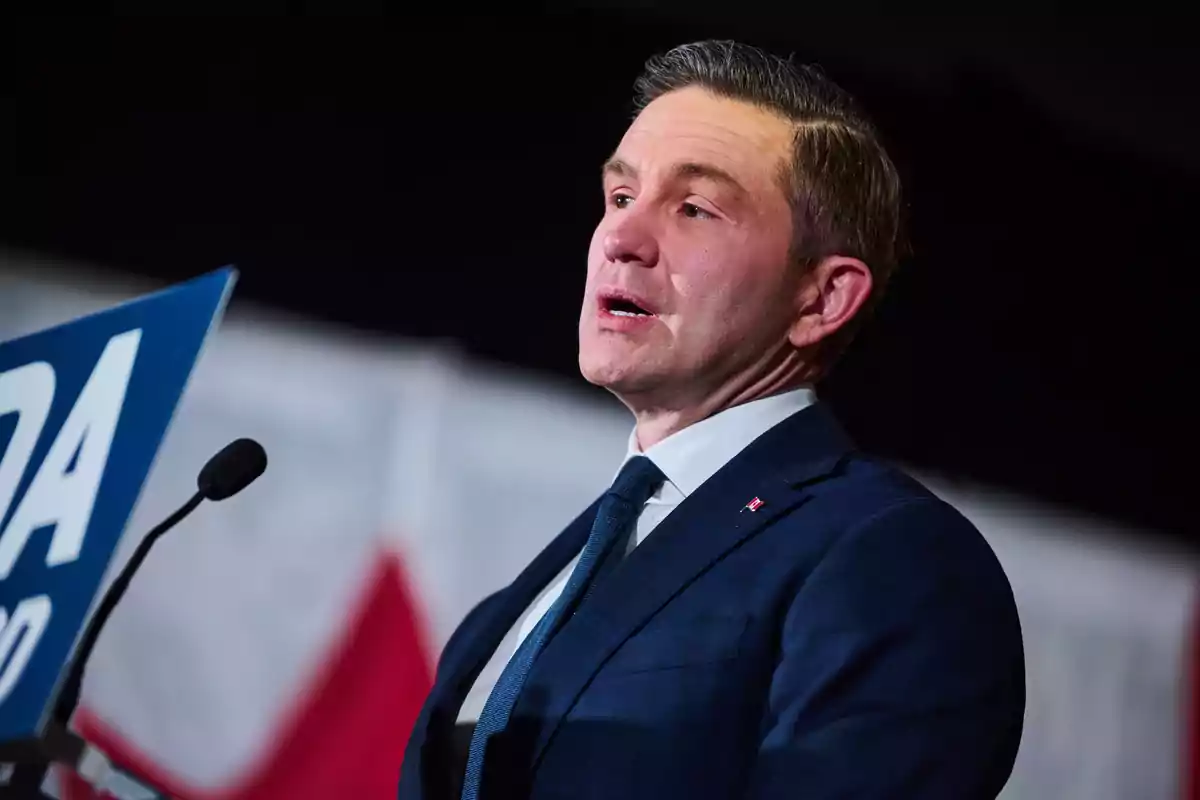
The Canadian electoral process has resonated outside the country, particularly in the United States, where President Donald Trump repeatedly suggested on social media that Canada should become the 51st state of the United States.
This intervention caused strong reactions from both Canadian candidates. Poilievre, the conservative leader, asked Trump to "stay out of our elections", while Carney called for national unity in the face of what he described as a "crisis in the United States."
These statements have had an impact on voters, as reflected in the testimony of a citizen collected by the media outlet BBC, who expressed: "We need a strong person so we can stand firm," without revealing who she voted for, but making it clear that the stance toward Trump was decisive for her.
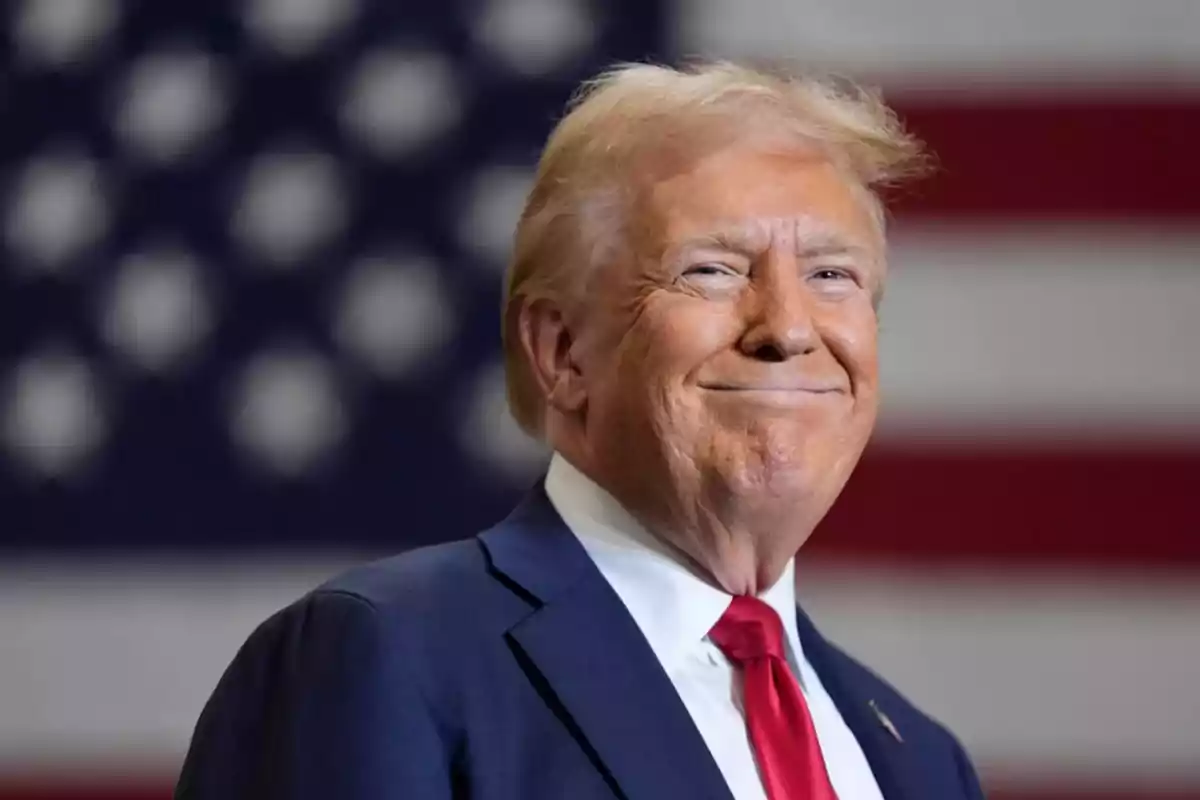
This early election occurs after the resignation of Justin Trudeau, who led the country since 2015 and whose popularity was eroded by various factors, such as the rising cost of living, questions about government transparency, and an increasingly strong opposition.
His successor, Mark Carney, was quickly appointed by the Liberal Party in the hope of renewing the party's image before an eventual election.
However, internal tensions and pressure from the opposition led Carney to call general elections with the aim of obtaining his own mandate from the electorate.
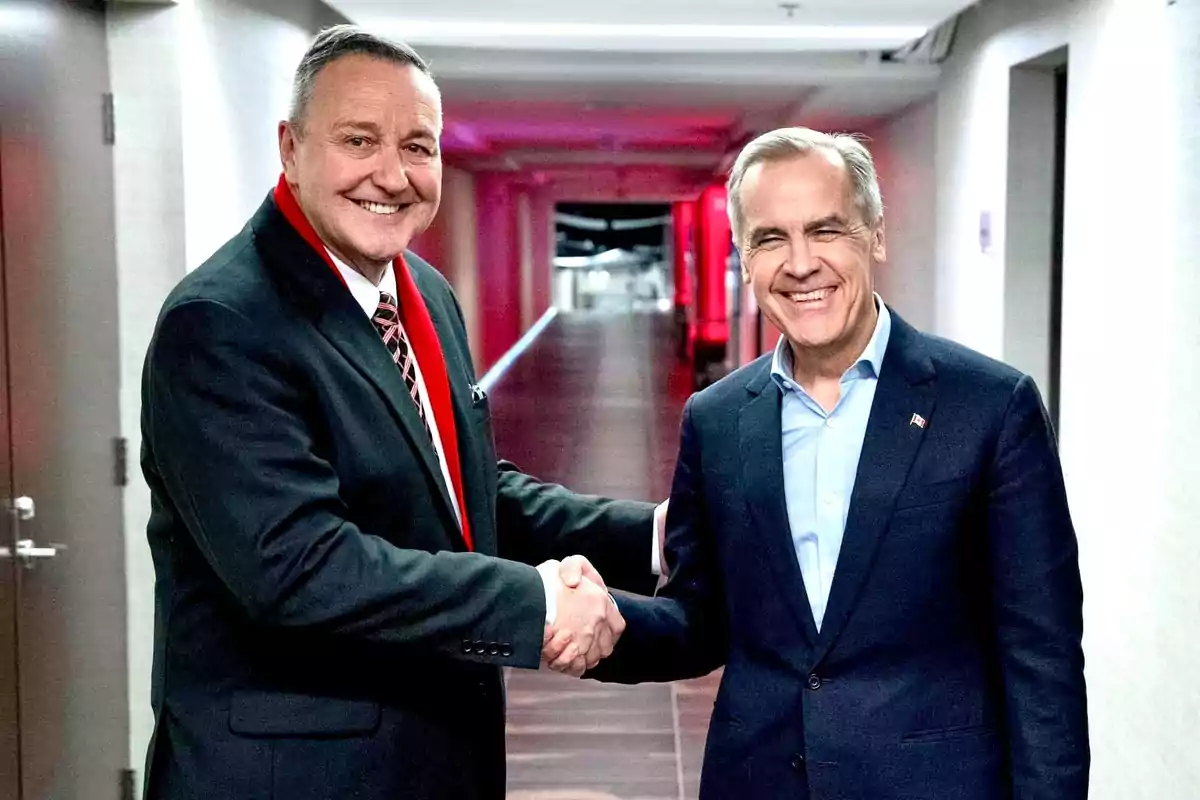
The Canadian Parliament is composed of 338 seats and a majority of 170 is required to form a government. Currently, the Liberal Party has governed in minority, relying on the support of parties like the New Democratic Party (NDP).
The results of this election will determine whether Carney can consolidate his leadership or if Poilievre will lead a change of government after nearly ten years of progressive management.
In addition to the Liberals and Conservatives, the NDP, the Bloc Québécois, and the Green Party are also actively participating in the contest, although with limited expectations regarding forming a government. Even so, they could play a key role in a potentially divided Parliament.
Despite the fact that in the early minutes of the ballot count, Carney showed a remarkable superiority in his chances, the gap significantly narrowed and the conservative candidate could claim victory. The final results will be published this Tuesday due to a major failure on the election website.
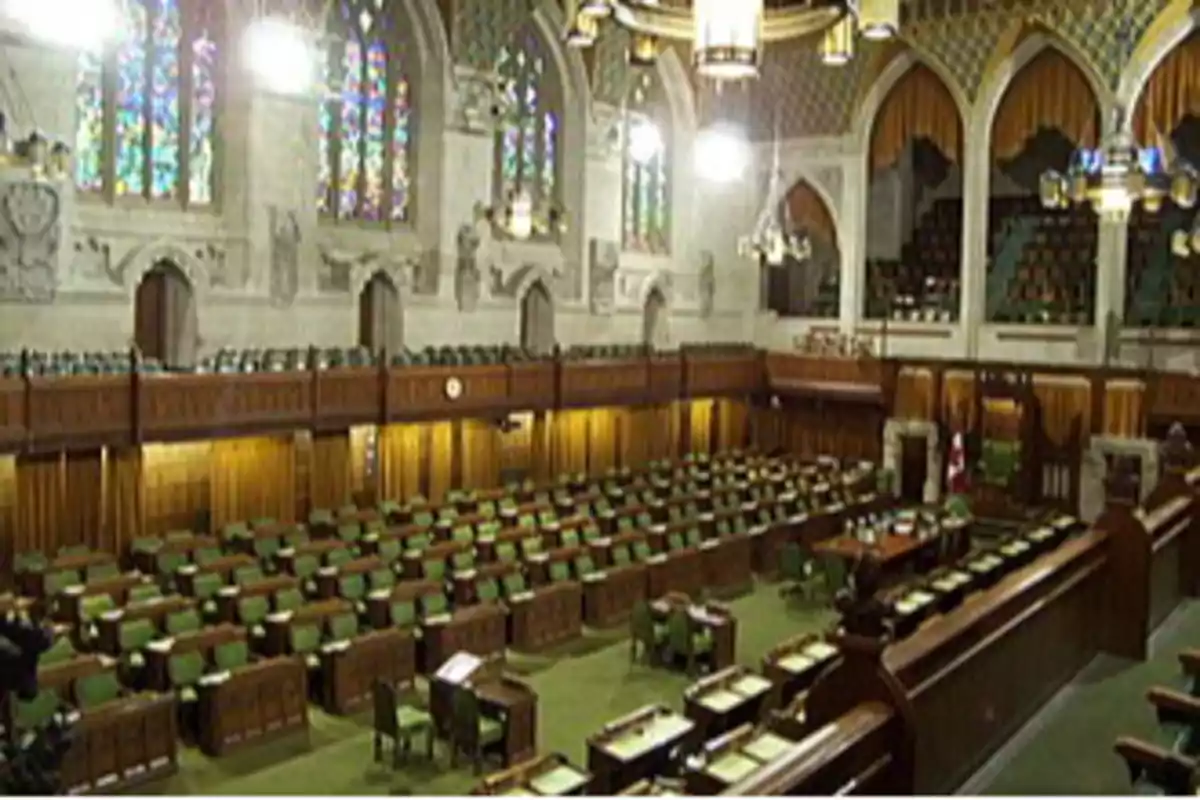
More posts: